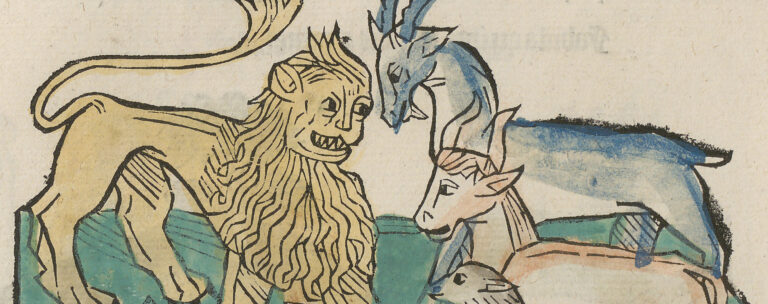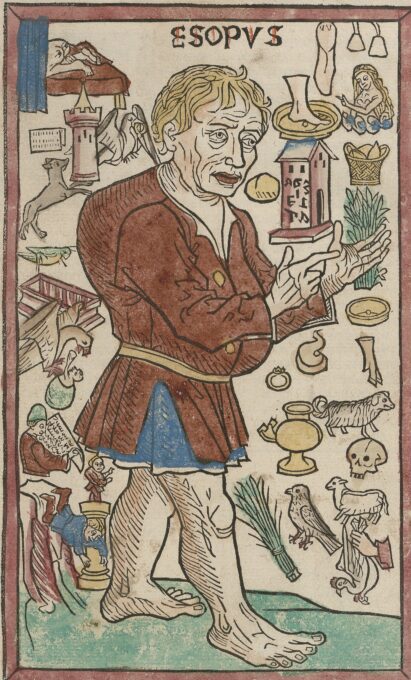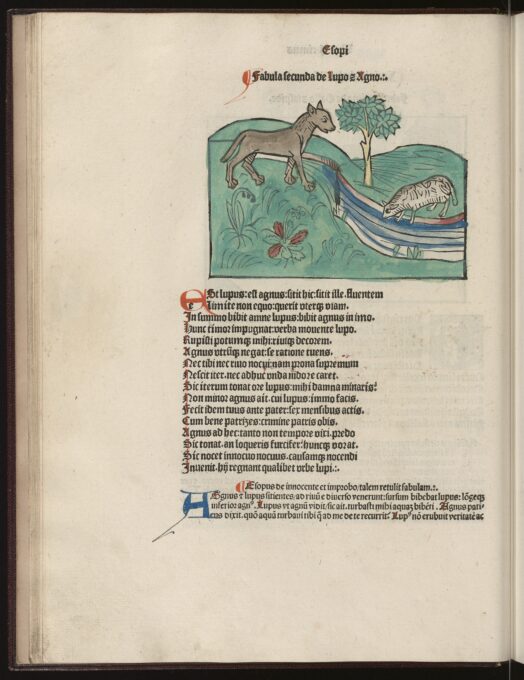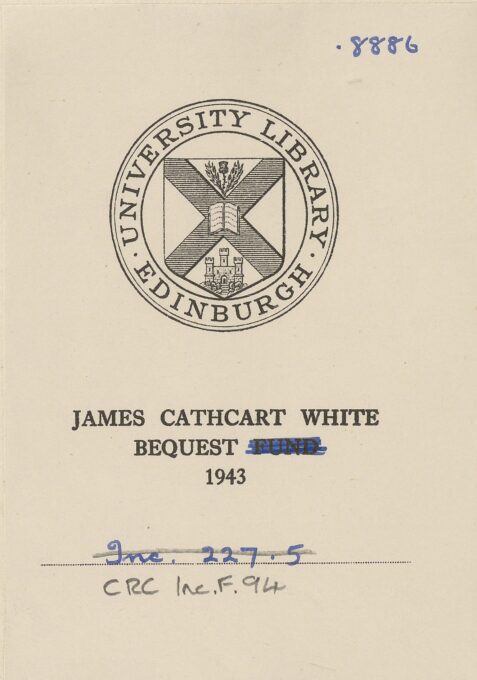The first known collection of the Fables
attributed to Aesop was produced by Demetrius Phalareus, an Athenian orator, in the 4th century BCE. Unfortunately, it did not survive beyond the 9th century CE.
All fables attributed to Aesop were catalogued by Ben Edwin Perry (1892–1968), a professor of classics at the University of Illinois at Urbana-Champaign from 1924 to 1960. The Perry Index, or Aesopica, has become the definitive edition of all fables reputed to be by Aesop. Before the creation of this index, Aesop’s fables were arranged alphabetically. Perry listed them by language (Greek then Latin), chronologically, by source, and then alphabetically.




